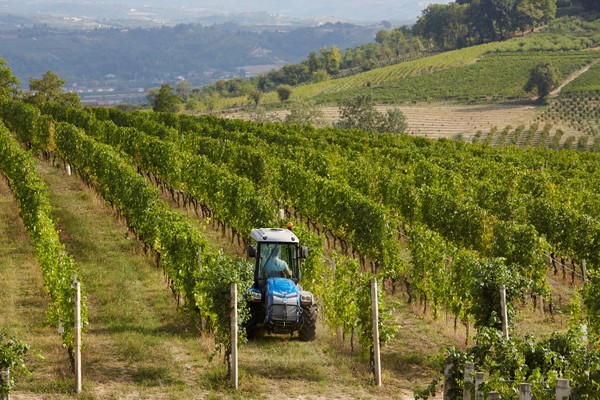
Engines for agricultural machinery, towards 'neutral' systems
At EIMA 2022, manufacturers of engines and agricultural machinery, which are currently Stage V compliant, discussed the solutions to be adopted to achieve the ambitious goals that the European institutions are setting towards the goal of climate neutrality
In order to curb the impact of climate change, the European Commission has adopted a package of measures aimed at reducing climate-changing gas emissions by 55% by 2030 and achieving 'zero emissions' by 2050. This context particularly encourages engine manufacturers to develop propulsion systems that have less and less impact on the environment.
This highly topical subject was the focus of the conference entitled 'Evolution of propulsion in agricultural machinery', held as part of EIMA 2022, organised by FederUnacoma with the participation of leading engine and agricultural machinery manufacturers.
The current Emissions Regulation that introduced 'Stage V' already guarantees a significant reduction in pollutant emissions, as FederUnacoma's Technical Service points out in its introduction, but the New Green Deal sets more stringent targets that could be achieved by using 'zero' impact alternative fuels, renewable fuels and 'alternative' fossil fuels due to the current energy crisis.
Diego Rotti, Head of Off-Road Product Portfolio & Marketing FPT presented the main technologies developed by FPT to optimise the environmental impact of its engines.
Several solutions are being studied in FPT Industrial's path towards decarbonisation, also through concrete applications in the field: in addition to biomethane and hydrogen propulsion systems (with the first prototype of a 13-litre engine that will be tested through an application on snow groomers in the coming winter season), there are also hybrid and full electric technologies. In this regard, FPT has already started production in Italy of battery packs and electrified axles for various applications, continuing to acquire experience and skills to be progressively transferred to the agricultural sector.
According to Mauro Mancuso, Senior Manager as well as Product Marketing at Kohler, in addition to the use of various alternative fuels such as HVO biofuel, full electric engines are expected to be used mainly in public transport and 'in-house' logistics, while hybrid technology will be exploited in regional transport and materials handling. Full-electric technology is a priority in Kohler's strategy, Mancuso pointed out, even though it is currently limited by battery capacity and poor recharging infrastructure. In any case, internal combustion engines will continue to be prevalent in agricultural/forestry, construction and long-distance transport applications.
One firmly committed to electrification is CNHi, which, as illustrated by Stefano Fiorati (Zero Emission & Advanced Drivetrain Manager CNHi), has already produced full electric vehicles. These include a mini-excavator, whose batteries can be recharged by 80% in just one hour thanks to fast-charging technology. The electrification process does not only concern tractors, but also equipment: in recent years an increasing number of manufacturers have developed machinery with electric power supply systems independent of the tractor. The system developed by New Holland - Fiorati went on to explain - involves an external e-Source generator which, driven by the tractor's PTO, powers the electric equipment.
The Emilia-based manufacturer Landini, part of the Argo Tractors group, has also embarked on a reorganisation process with a particular focus on hybrid engines. On display at EIMA 2022, the Rex 4 Full Hybrid tractor was recently awarded as Technical Innovation.
The machine - explained Giovanni Esposito Innovation Director Argo Tractors - is equipped with a 50 kW electric motor and a 55 kW internal combustion motor. The Rex 4 Full Hybrid model, Esposito pointed out, can work both in fully electric mode, delivering a maximum of 65 kW, and in hybrid mode with a maximum power output of 80 kW. It should be noted that the operating autonomy, in the fully electric case, can reach two hours thanks to the use of a 30 kWh capacity battery managed by an algorithm for the recharging system developed in-house.
In its conclusions, FederUnacoma reiterates that the overview currently offered on power sources towards decarbonisation highlights the applicability of different solutions that can be adopted by agricultural machinery manufacturers according to their application and market needs.








